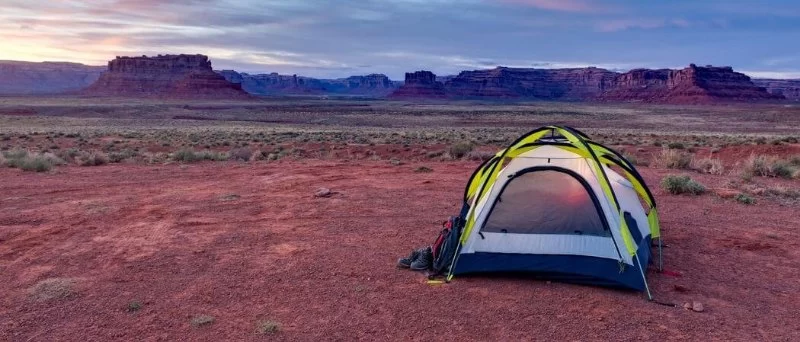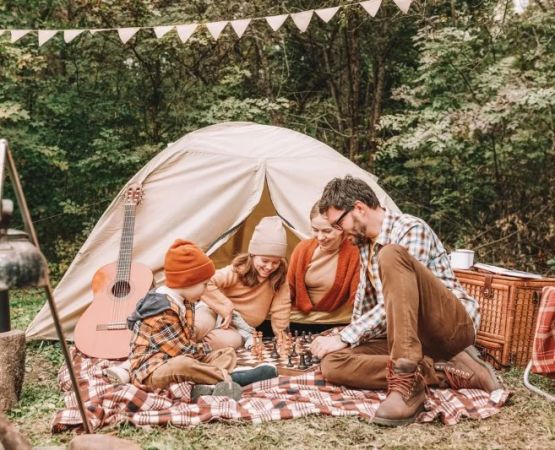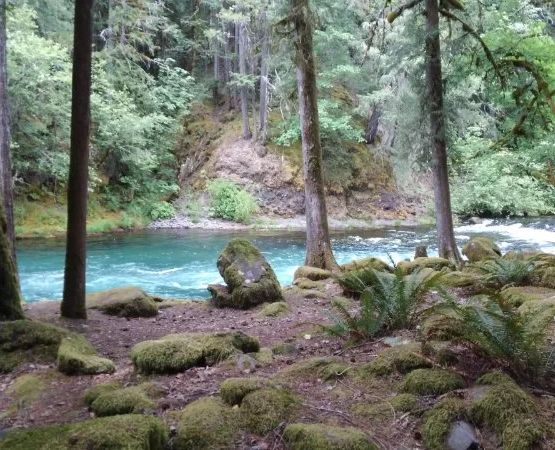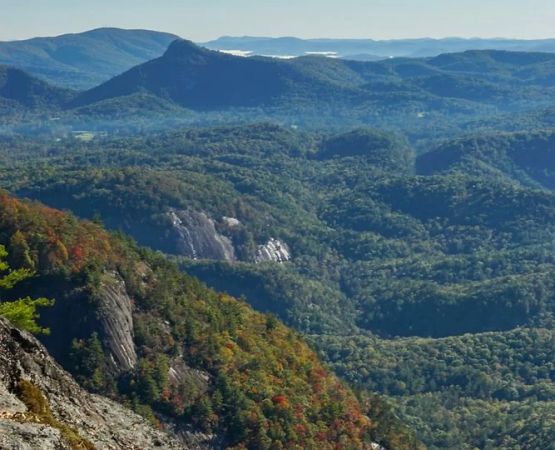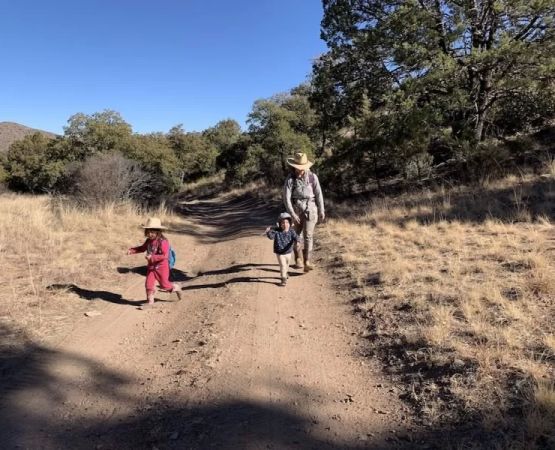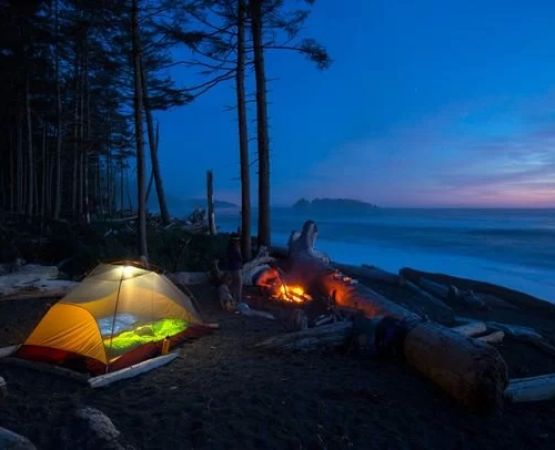- 1 - Understanding Desert Camping Challenges
- 2 - Choosing the Right Ground Tent
- 3 - Essential Gear for Desert Camping with a Ground Tent
- 4 - Hydration and Food Strategies
- 5 - Protection from Sun and Weather
- 6 - Real Stories and Practical Lessons
- 7 - Finding Quality Camping Resources
1. Understanding Desert Camping Challenges
Camping in the desert presents a unique set of challenges compared to forests or mountains. The daytime heat, nighttime cold, strong winds, and limited water access make preparation essential. Unlike lush camping environments, the desert requires careful planning to ensure comfort and safety. Many first-time campers underestimate how much the desert changes within 24 hours—from intense sunlight to near-freezing temperatures after sunset.
Recognizing these conditions ahead of time will help you pack the right equipment and avoid unnecessary risks. Preparation is the difference between a stressful trip and an unforgettable experience under the stars.
2. Choosing the Right Ground Tent
A durable ground tent is the foundation of your desert camping setup. Look for a tent with UV-resistant fabric, good ventilation, and strong stakes that can hold in sandy terrain. Dome-style tents with multiple poles often perform better against desert winds than traditional cabin-style designs.
Some campers share stories of their tents collapsing during sudden sandstorms because they overlooked proper anchoring. Using sand stakes or burying deadman anchors is a smart way to ensure your tent stays in place overnight. A reliable tent not only provides shelter but also offers peace of mind when the desert shows its extremes.
3. Essential Gear for Desert Camping with a Ground Tent
When it comes to essential gear for desert camping with a ground tent, a few items make all the difference. A high-quality sleeping pad or cot prevents heat loss to the ground at night and offers comfort against uneven terrain. A reflective tarp can be placed above your tent to reduce heat during the day.
Lighting is also key. With little natural light after sunset, a combination of headlamps, lanterns, and solar-powered lights ensures visibility. Additionally, a compact but powerful power bank helps keep devices charged for navigation or emergencies. These basics might sound simple, but forgetting even one can turn a trip from enjoyable to exhausting.
4. Hydration and Food Strategies
Water is the most critical factor in desert survival. Plan for at least one gallon of water per person per day, and bring extra for cooking and emergencies. Many experienced campers carry collapsible water containers to save space and refill when possible.
As for food, lightweight, non-perishable options work best. High-energy snacks like trail mix, protein bars, and dried fruit keep energy levels stable. Some campers enjoy preparing hot meals using compact stoves, but always remember to store food securely to avoid attracting animals, even in the desert.
5. Protection from Sun and Weather
The desert sun is intense, so sun protection is just as important as hydration. Wide-brimmed hats, UV-rated sunglasses, and lightweight long-sleeve clothing keep you cooler than short sleeves. Sunscreen with high SPF is a must, even if you plan to stay in the shade.
Wind protection is another overlooked aspect. Bringing along a windbreaker or layering options helps you stay comfortable during sudden temperature drops. Having extra blankets or a sleeping bag rated for colder nights ensures you don’t wake up shivering.
6. Real Stories and Practical Lessons
A well-known example comes from a group of backpackers who underestimated desert temperatures in Arizona. They packed plenty of water but brought only summer-weight sleeping bags. By midnight, the group was forced to huddle together for warmth. Stories like this highlight the importance of balancing both heat protection and cold preparedness in desert camping.
On the other hand, seasoned campers often share how a simple reflective tarp transformed their daytime experience by keeping the tent significantly cooler. These practical lessons emphasize that small adjustments can dramatically improve your comfort.
7. Finding Quality Camping Resources
Every camper has their preferences, but finding high-quality gear makes a noticeable difference. At Pine Cliff Resort, you can discover curated camping essentials that are reliable for desert conditions. From sturdy ground tents to hydration packs, choosing well-tested gear ensures you’re investing in safety as well as comfort.
Ultimately, desert camping is about blending preparation with adventure. With the right equipment, a solid ground tent, and respect for the environment, the desert becomes one of the most rewarding places to experience the outdoors.

